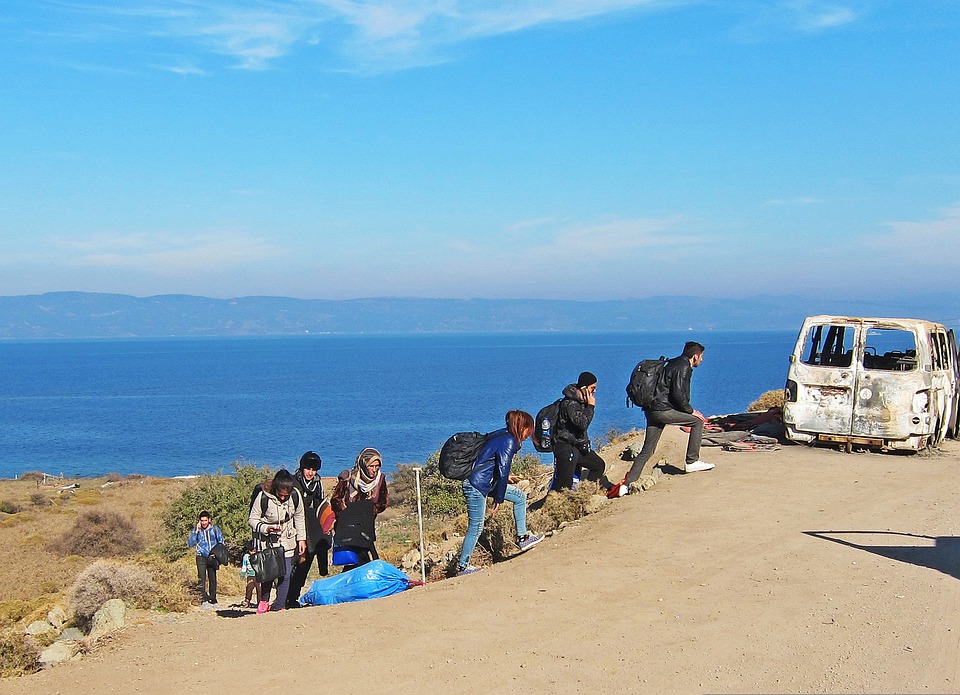Human migration

The topic of human migration is one that has been making headlines for decades, but in recent years the issue has developed new urgency. The world is witnessing a refugee crisis on an unprecedented scale. A major factor driving this crisis is climate change, which has led to severe weather events and rising sea levels. This has led to a lack of food and water for many people, as well as the destruction of homes and infrastructure in areas that have been hit hardest by these disasters.
Another factor in the refugee crisis is political instability in regions such as Syria and Afghanistan, which have been destabilized due to corruption or warring factions. This instability has led to violence against civilians and forced displacement from their homes.
We are at a time when our population is increasing and the planet’s resources are decreasing. As we face the challenges of climate change and scarcity of natural resources, we need to find solutions that will allow us to live on this planet sustainably.
In order to do so, we need to rethink our relationship with the environment and start living in a more eco-friendly way. One of the options that may help us is human migration. Migration can be seen as a solution to overpopulation, climate change, food shortage, and many other problems that we are facing in this century. It can also be seen as an opportunity for new beginnings - both for those who move and those who stay behind.
Migration is a process that has been occurring for centuries. And it is happening now more than ever. The reasons for migration vary from person to person, but the consequences are often the same.
The consequences of migration can be seen in two different ways: positive and negative. On one hand, the migrants are able to find new opportunities to work and make a better life for themselves in another country. On the other hand, they may have to leave behind family members and friends as well as their home country’s culture and traditions.





